Neutron powder diffraction and transmission in graphite to assess impact of microstructure on neutron thermalization
Principal Investigator
- Name:
- Ayman Hawari
- Email:
- [email protected]
- Phone:
- (208) 526-6918
Team Members:
| Name: | Institution: | Expertise: | Status: |
|---|---|---|---|
| Ayman Hawari | North Carolina State University | radiation damage, Positron annihilation spectroscopy, Neutron beams, neutron physics | Faculty |
| Scott Lassell | North Carolina State University | Plan experiments | Other |
| Qingsheng Cai | North Carolina State University | Execute experiments | Other |
Experiment Details:
- Experiment Title:
- Neutron powder diffraction and transmission in graphite to assess impact of microstructure on neutron thermalization)
- Hypothesis:
- The microstructure and low energy neutron transmission properties of various types of irradiated and unirradiated graphite samples, that may be used in advanced nuclear reactors, will be examined using neutron powder diffraction and transmission measurements. The produced data will be used to assess the impact of microstructure on neutron thermalization in graphite.
- Work Description:
- In this project, various samples of graphite and carbon materials will be irradiated for 3-4 months at the PULSTAR reactor to a total fast neutron fluence exceeding 1E18 n/cm2. Initially, the samples will be cut in forms suitable for diffraction and transmission measurements. After irradiation, the irradiated samples (along with unirradiated samples) will be examined using neutron powder diffraction and transmission measurements to produce structure factor, atomic pair distribution function, and transmission probability information. All work will performed at low temperatures (i.e., at or near room temperature).
Project Summary
Several advanced nuclear reactor concepts have been proposed in the past few years including the Advanced High Temperature Reactor (AHTR), and the Fluoride Salt Cooled High Temperature Reactor (FHR), where thermal neutrons drive the fission reaction in a core that is primarily composed of graphitic/carbon materials. In this project, neutron powder diffraction and transmission measurements will be performed for three types of graphite materials that include nuclear graphite, carbon-carbon composites, and foam graphite. The structure factor and corresponding atomic pair distribution function will be measured along with thermal neutron transmission. The measurements will be correlated to inform the theory and simulations of neutron thermalization in graphite materials. Irradiated and unirradiated samples will be used in this work. Irradiations and measurements will be performed at the North Carolina State University (NCSU) PULSTAR reactor and associated facilities.
Relevance
This project is of direct relevance to DOE NE programmatic objectives and to the development of the next generation and advanced nuclear power reactors such as the AHTR and FHR. It presents a unique opportunity to perform studies that investigate the fundamental correlation between the microstructure of neutron moderators and the potential impact on neutronic properties. This is due to the fact that neutron thermalization in matter represents a phenomenon at the intersection of materials science (i.e., atomic microstructure) and neutronics (i.e., neutron/nuclear physics). The structure factors and atomic pair distribution functions of irradiated and uirradiated graphite, that will be measured in this work, represent unique data that can help in reconciling various discrepancies that are currently observed in the behavior of graphite based nuclear reactors. Clearly, such results will help in the design of advanced reactors where graphite is a major core material such as the AHTR and the FHR.
Please wait
About Us
The Nuclear Science User Facilities (NSUF) is the U.S. Department of Energy Office of Nuclear Energy's only designated nuclear energy user facility. Through peer-reviewed proposal processes, the NSUF provides researchers access to neutron, ion, and gamma irradiations, post-irradiation examination and beamline capabilities at Idaho National Laboratory and a diverse mix of university, national laboratory and industry partner institutions.
Privacy and Accessibility · Vulnerability Disclosure Program

